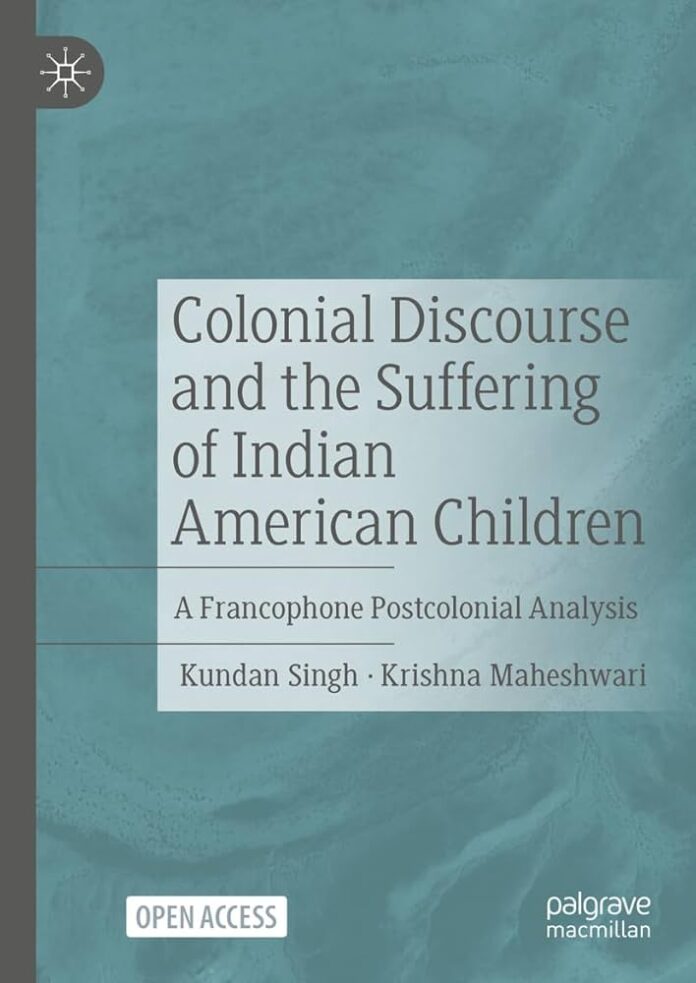Manjari
“Colonial Discourse and the Suffering of Indian American Children” by Prof. Kundan Singh, PhD, and Krishna Maheshwari, is a thoughtful reflection on the origins and causes of the incorrect and biased depiction of Hinduism in current textbooks in the United States.
The book focuses on the works of British philosopher, political theorist and politician James Mill, whose work “History of British India” was a required reading for all civil servants deployed in India and hence quite influential in creating wide-spread perception of Hinduism. James Mill started his writing career in 1802, and disdained the existing British monarchy and hierarchical system. He wrote many criticisms of the British system but didn’t publish it till 1824. However, in 1818, he published the “History of British India ”, which criticized Hindu culture vehemently with words such as Savage, Primitive, Hierarchical, Oppressive, Despotic and so on. This work served two important political purposes: justifying the colonization of India by portraying Hindus as not worthy to rule themselves, and hence justifying the Indian occupation by the British. Second, it allowed Mill to rise to power within the British India company and hence able to influence the creation of a new British system that he very much wanted. The book notes that Mill never visited India and had no first-hand experience with Hindu society, and hence his work was an incorrect paradigm for civil-servants and it damaged perception of Hinduism considerably.
The book supports its arguments by citing multiple sources that validate the notion that when a colonizer interprets and re-writes the culture and religion of a colonized civilization, it often has political motives to depict the colonized as uncivilized and themselves as civilized, thereby justifying colonization. This book further explores the consequences of what happens when the initial exposition of a culture/religion mingles with political gain, and is then perpetuated.
In science, we have learned to refute some of the original findings, such as the number of planets or the existence of particles smaller than those originally thought and then updated the school curriculum to reflect the new findings. Now it is time to give the same courtesy to social science. Since the 1970s, academia has acknowledged bias in James Mill’s work and his work has been criticized, discredited and rejected. However, the middle school curriculum is still based on the old paradigm, and it is time to update it with an unbiased and more informed representation of Hindu culture.
I recommend this book to anyone interested in Hinduism or is perplexed by its portrayal in middle-school textbooks/academia. It helps readers understand that the current narrative is based on a misguided analysis rooted in many biases within a colonial power structure and left me interested in finding better interpretations of Hinduism for children than current school textbooks.







